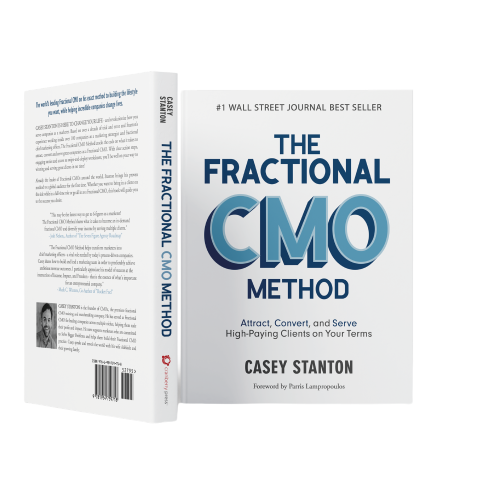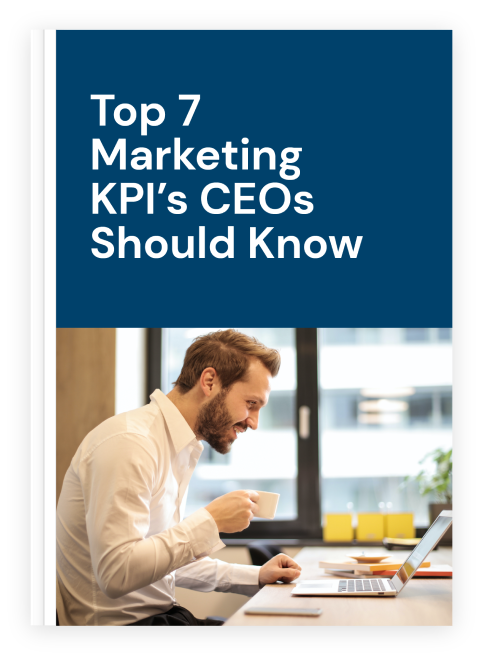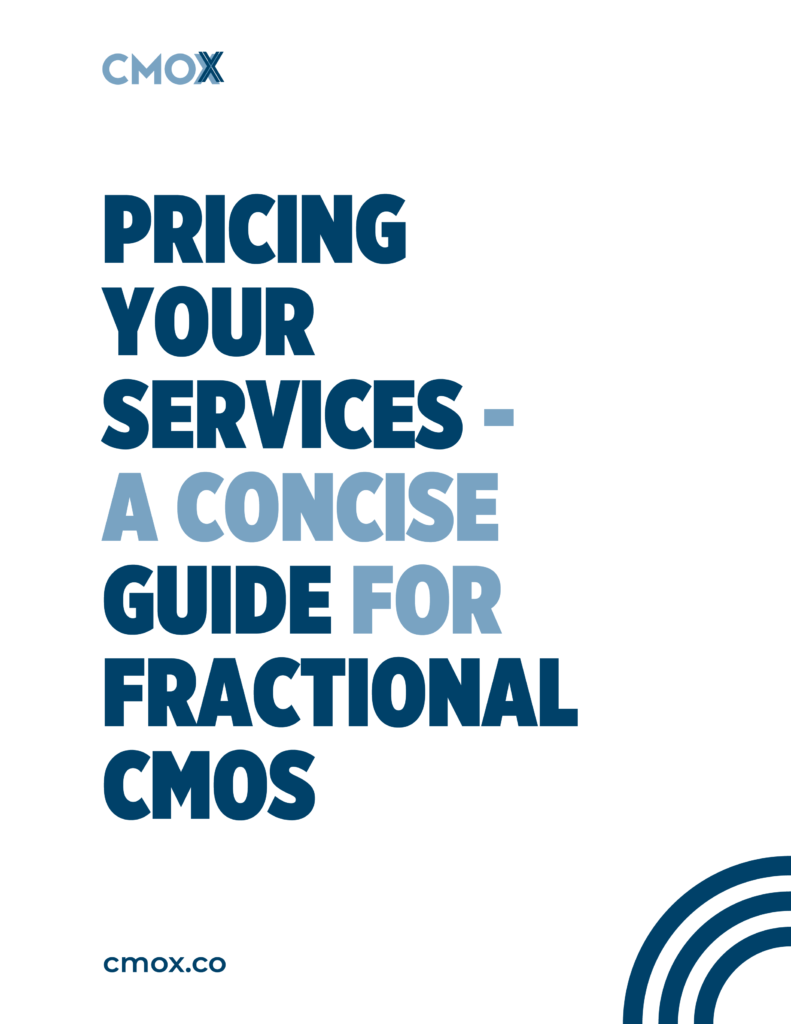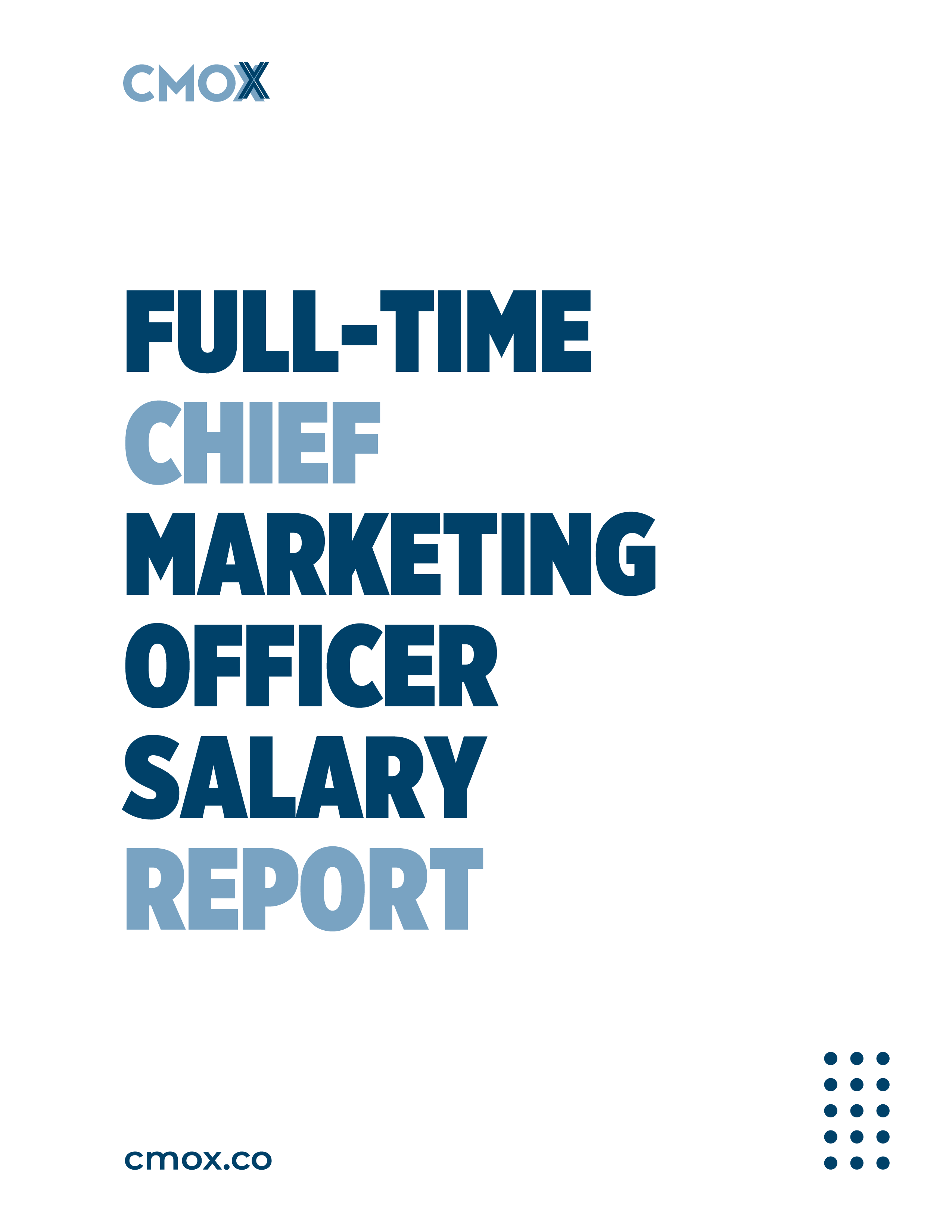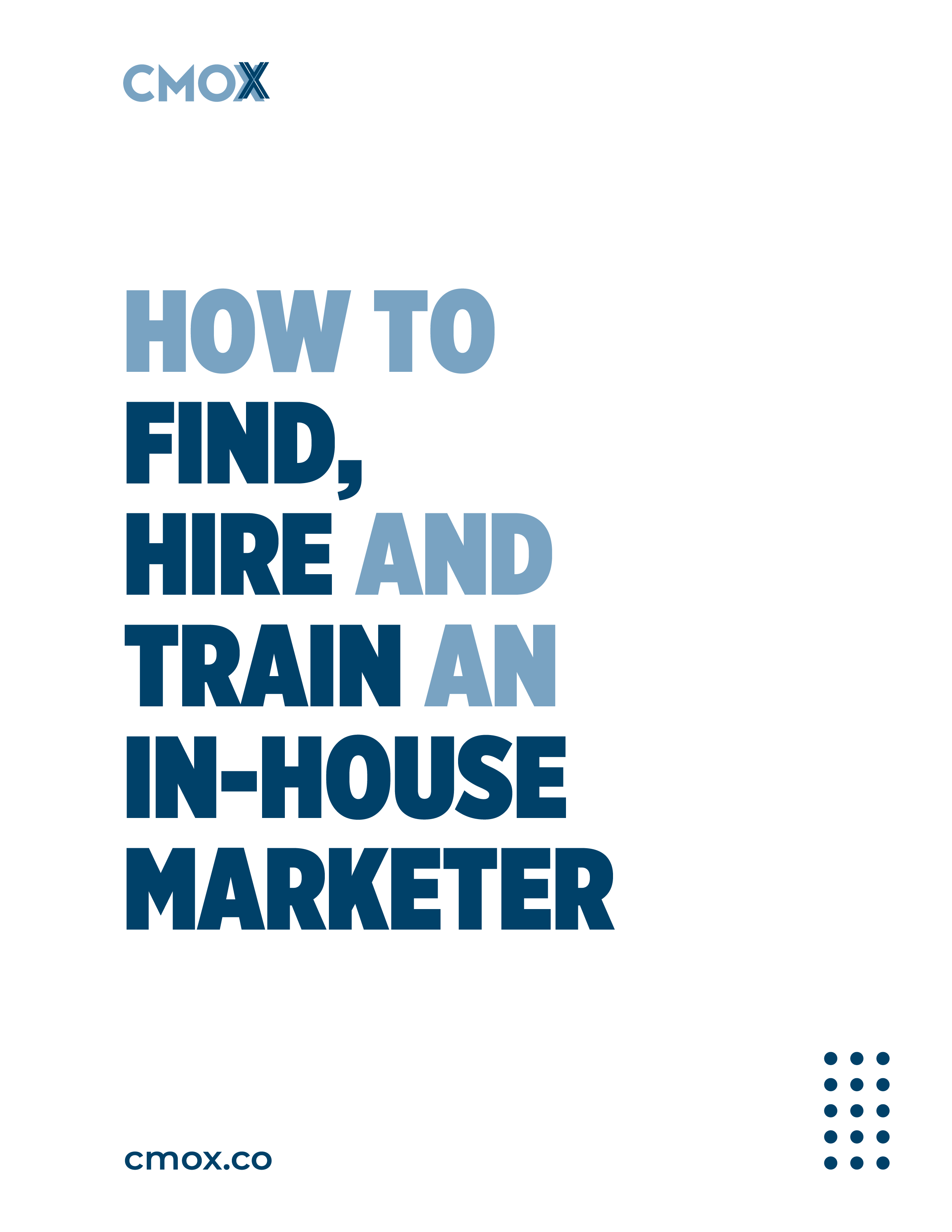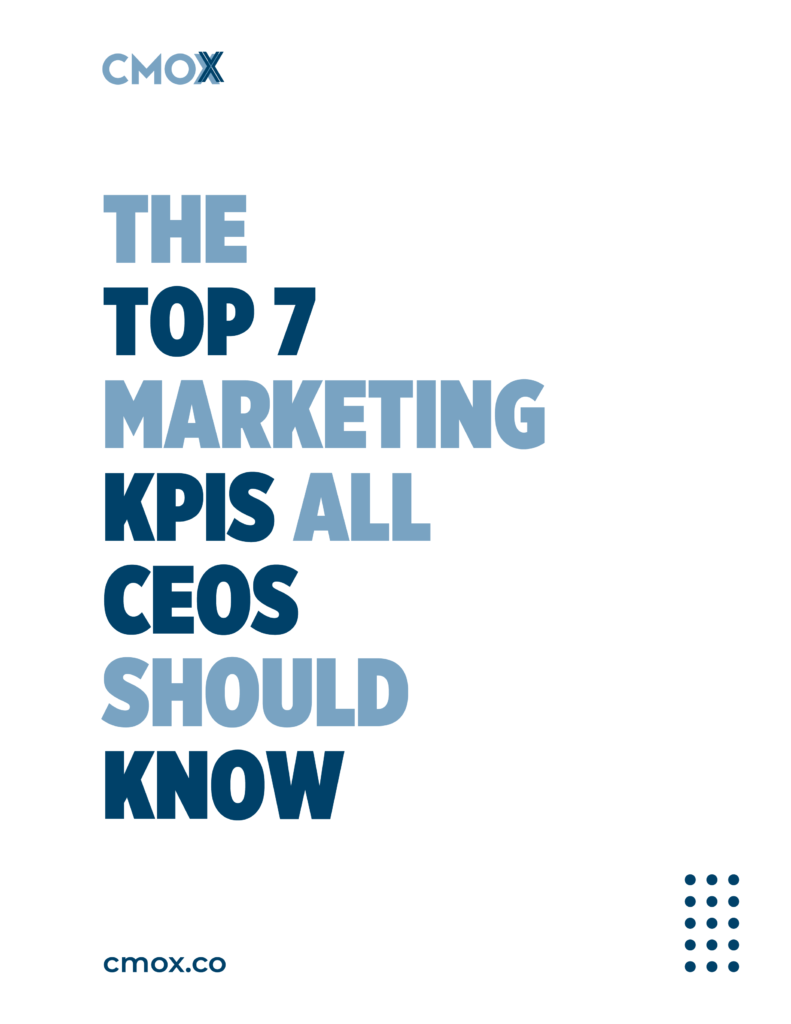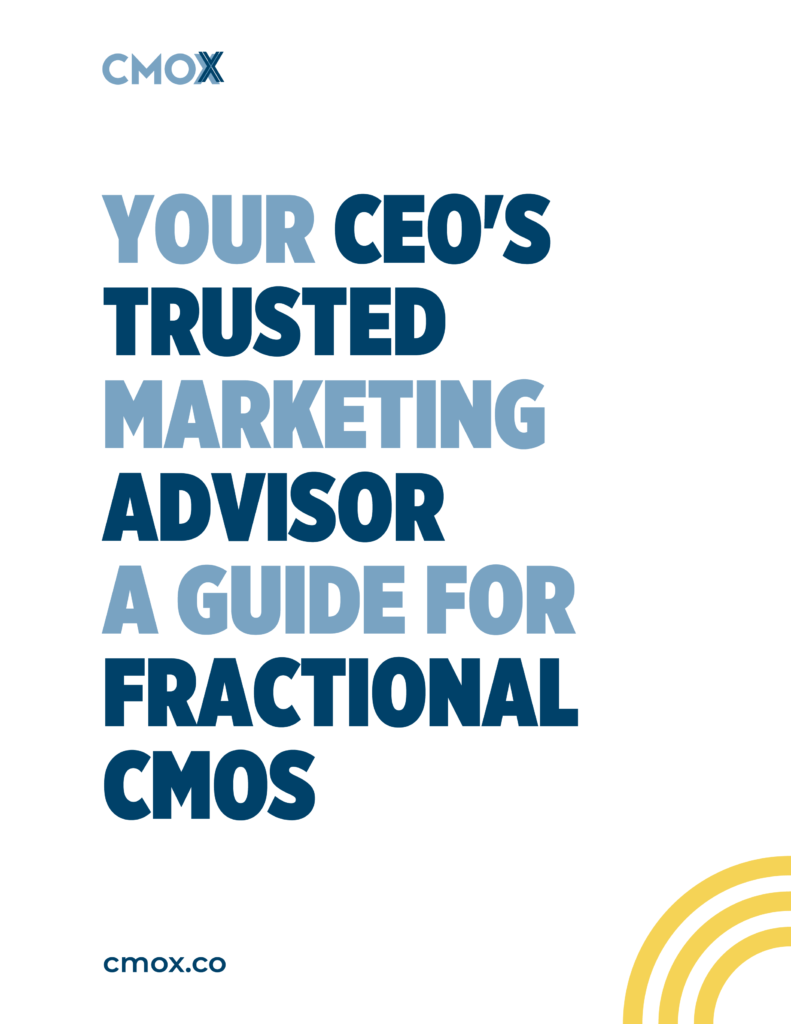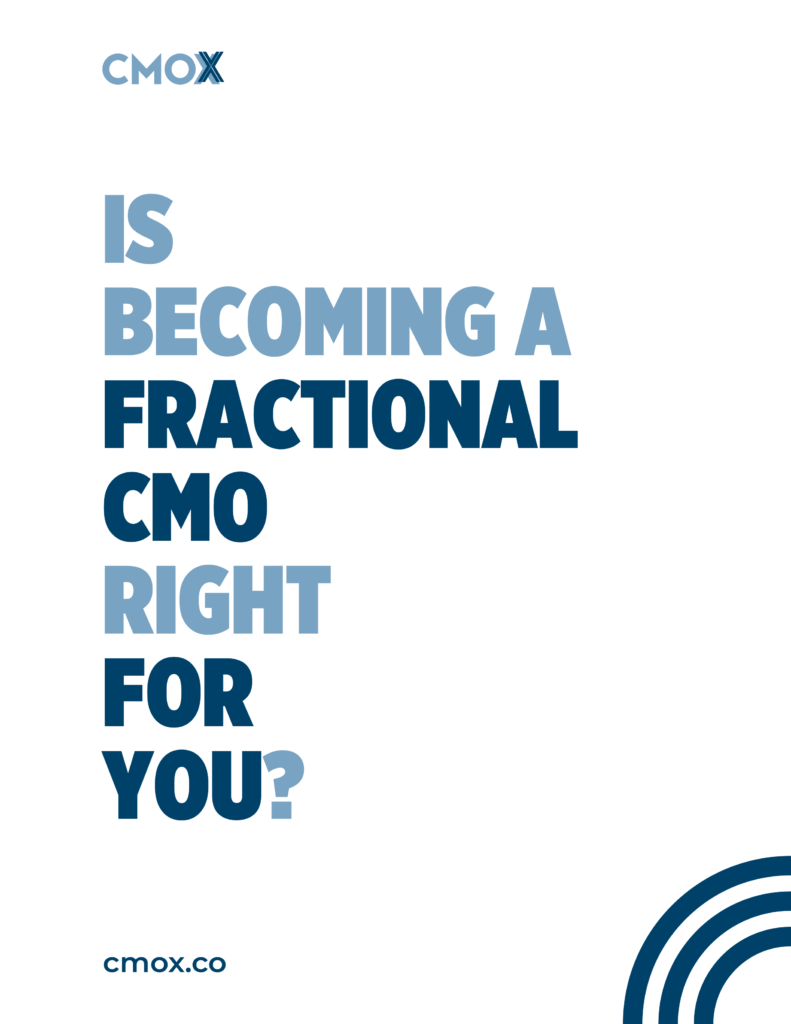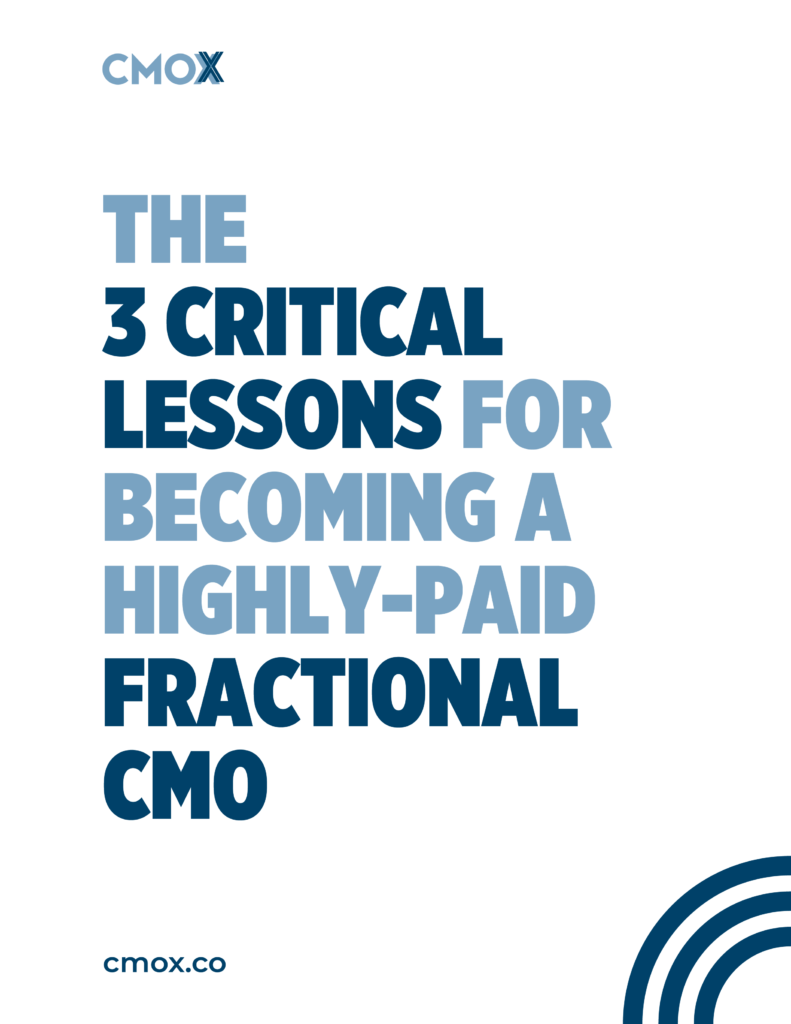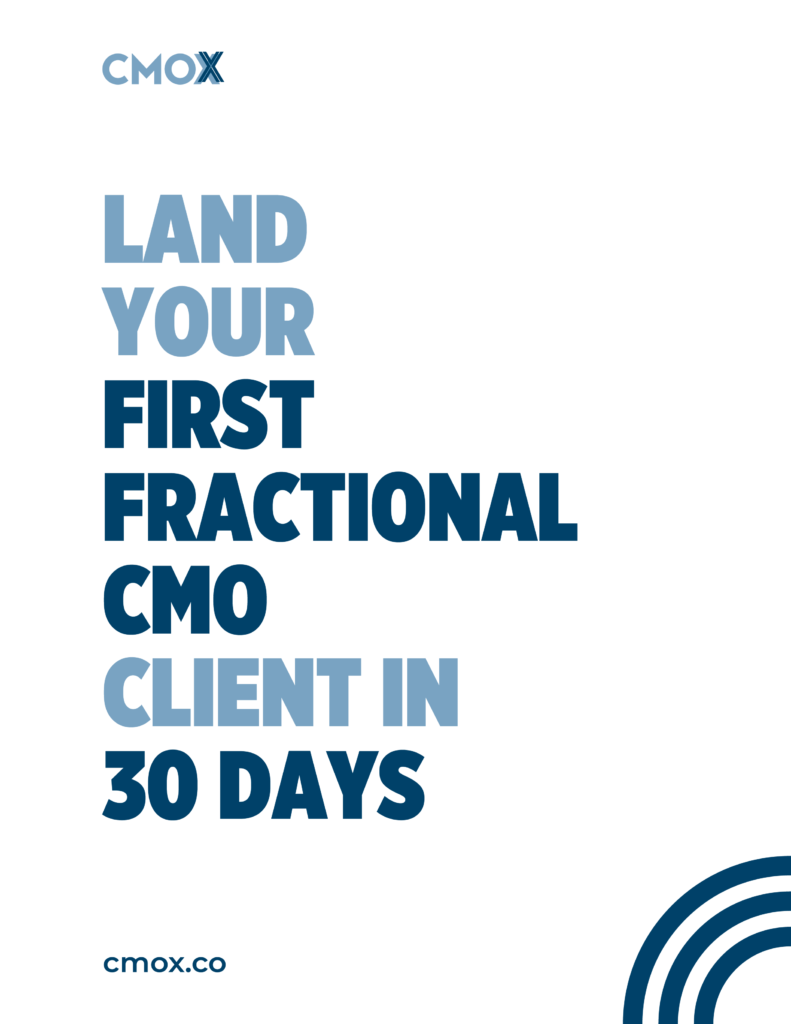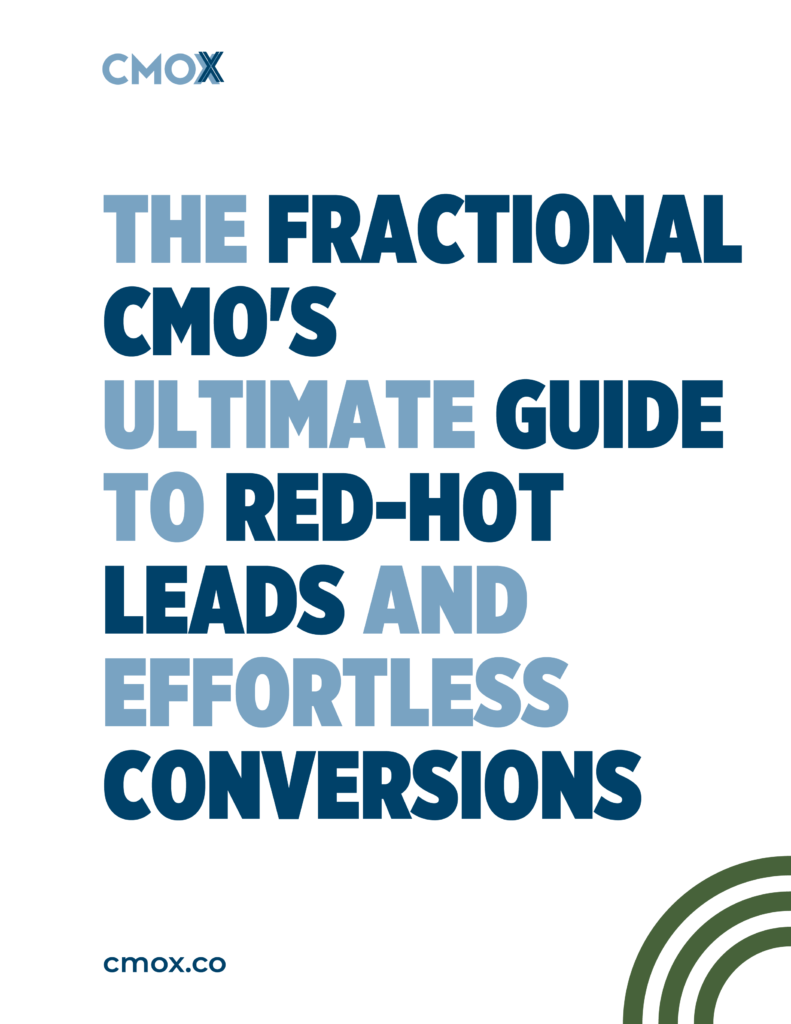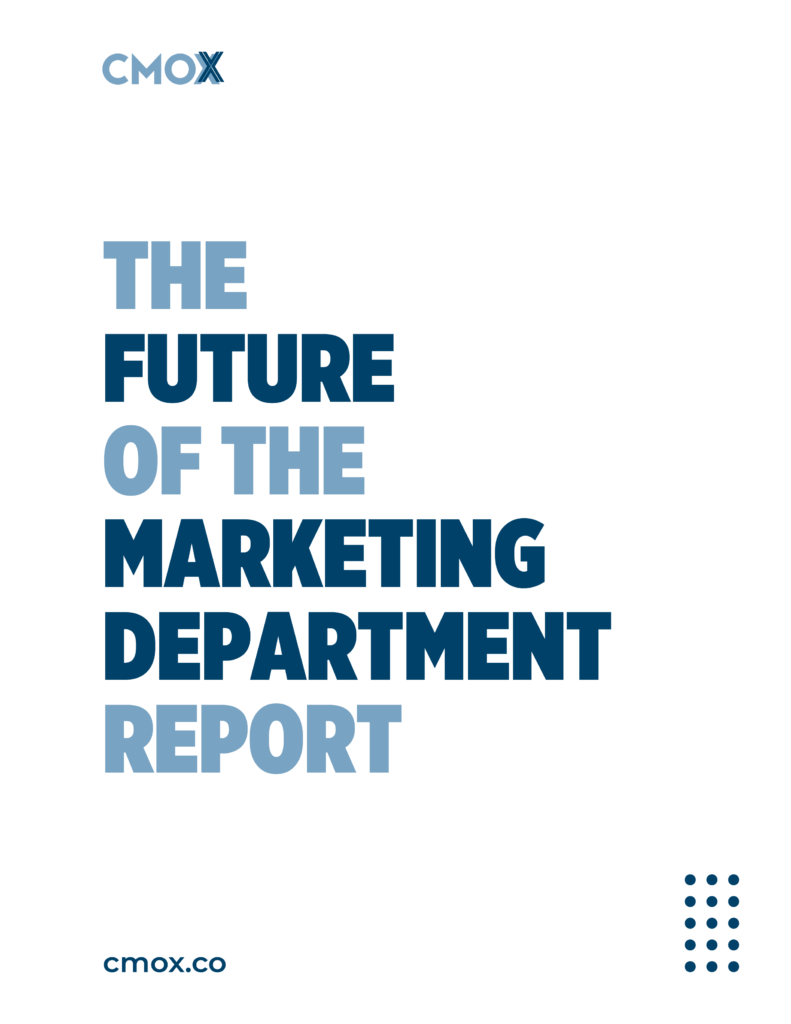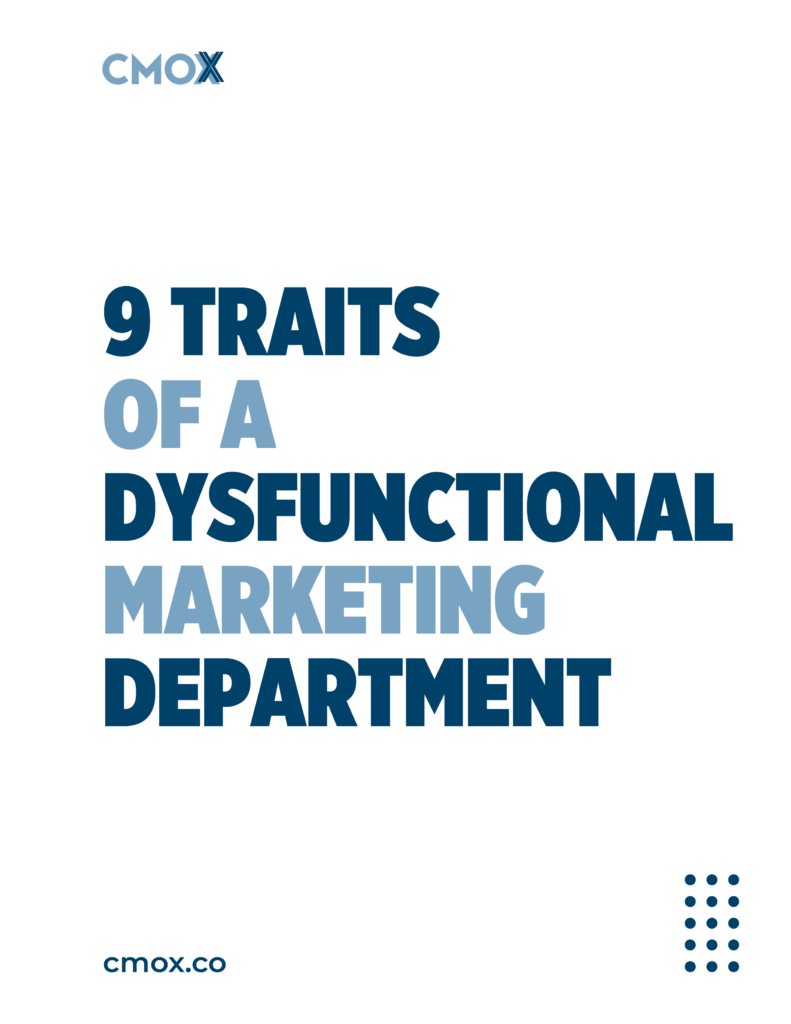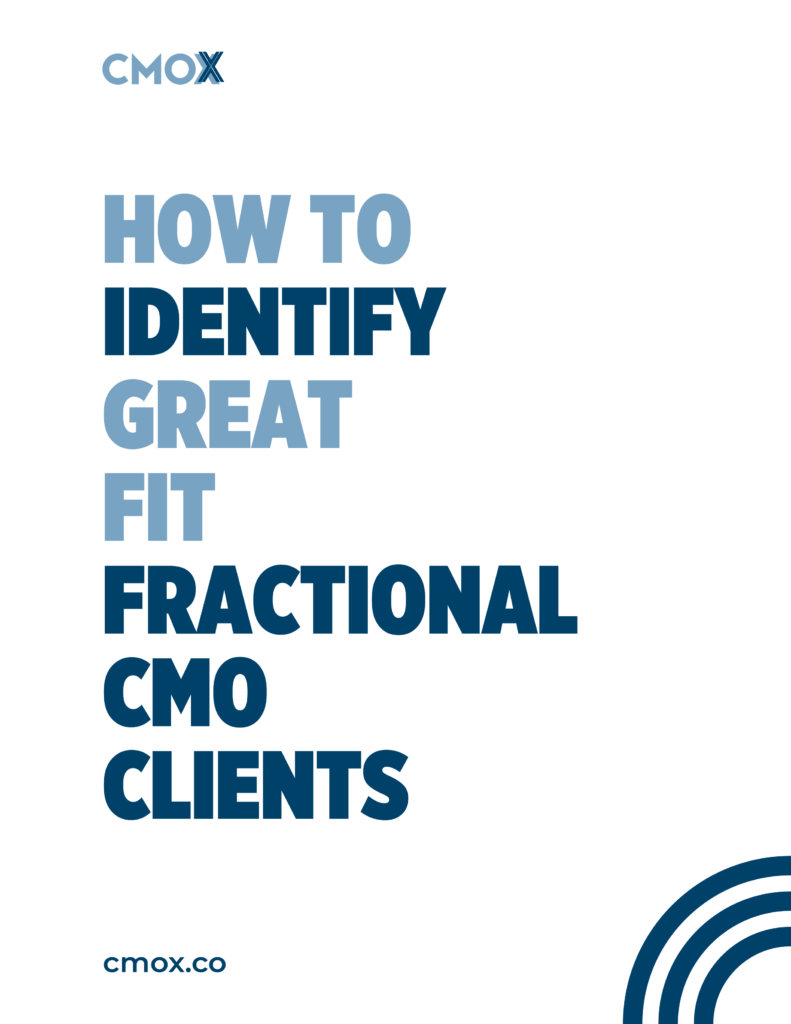Mastering quarterly planning is a powerful way for business owners to drive consistent progress, reduce risk, and make smarter decisions. By translating your annual strategy into focused 90-day business plans, you create momentum with realistic goals, measurable KPIs, and the flexibility to shift gears when needed.
This guide outlines a clear quarterly planning process with actionable steps, real-world best practices, and a customizable quarterly planning template. Whether you’re running a small team or scaling operations in a mid-sized business, you’ll find useful tools to help you plan each quarter with confidence while staying aligned with your long-term vision.
No matter where you are in your business journey, this guide will help you build a scalable, sustainable structure for success one quarter at a time.
Key Takeaways
- Quarterly planning breaks down big-picture goals into achievable 90-day business plans.
- Collaborative planning drives team alignment, accountability, and stronger execution.
- A structured planning process makes it easier to measure success and stay agile.
What is Quarterly Planning?
Quarterly planning is a business strategy framework centered around three-month planning cycles. Every 90 days, leadership and teams review performance, set new quarterly goals, define key performance indicators (KPIs), and align efforts across departments.

This focused approach allows companies to:
Conduct strategic reviews every quarter
Break annual goals into more manageable, short-term objectives
Track progress using data-driven metrics
Adjust strategies based on current insights and team feedback
Stay nimble in response to evolving markets or customer demands
Unlike static long-term plans that often fail to account for real-time shifts, quarterly planning creates built-in checkpoints for reviewing and adapting priorities as your business grows.
Benefits of Quarterly Planning
1. Improved Focus and Prioritization
By narrowing your attention to a few high-impact goals each quarter, your team gains clarity and avoids burnout. This improves both productivity and execution.
2. Greater Agility
Quarterly business planning supports fast decision-making and quick pivots when market conditions change, allowing your company to stay resilient and proactive.
3. Increased Motivation
Shorter timeframes create a more immediate sense of achievement, which boosts morale and keeps momentum high throughout the year.
4. Stronger Collaboration
When all teams contribute to the quarterly plan, alignment improves. Everyone understands their role and how it connects to shared business outcomes.
5. Better Results
Quarterly business plans help teams consistently deliver on goals. Measurable KPIs, clearly defined responsibilities, and regular check-ins drive better overall performance.
Quarterly Planning vs. Annual Planning
While annual planning provides your long-term roadmap, quarterly planning brings your vision to life with tactical, measurable action.
Annual planning defines your strategic direction and top priorities for the year.
Quarterly planning turns those priorities into concrete goals and actions every 90 days.
This combination allows your business to:
Stay responsive to market shifts and customer behavior
Set clear short-term milestones that drive long-term growth
Optimize resources based on current data and not outdated assumptions
Think of it like this: your annual plan sets the destination, while your quarterly plans provide the step-by-step directions to get there.
The Quarterly Planning Process
An effective quarterly planning process starts with honest reflection. What worked last quarter? What didn’t? The insights you gather form the foundation for your next 90-day plan.
Here’s a proven workflow for creating impactful quarterly business plans:
Review Past Performance: Assess wins, missed goals, and lessons learned. Use data and team feedback to evaluate your previous quarter’s success.
Define Clear Objectives: Set 2–4 high-priority goals using the SMART framework: Specific, Measurable, Achievable, Relevant, and Time-bound.
Assign Ownership: Every initiative needs a clear owner; someone accountable for execution, tracking, and reporting.
Track Metrics & KPIs: Choose meaningful performance indicators tied directly to your goals like revenue growth, lead conversion rates, or customer retention.
Identify Risks & Create Solutions: Anticipate obstacles and build contingency plans so your team can respond quickly if challenges arise.
Allocate Resources: Distribute time, budget, tools, and talent where they’ll have the most impact.
Map a Timeline: Create a quarterly calendar with milestones, deadlines, and check-ins to keep teams on schedule.
Refine Tactics Along the Way: Monitor performance and adjust strategies throughout the quarter to stay aligned with outcomes.
This process ensures your business remains focused, adaptable, and results-driven in a fast-moving environment.

The Importance of Quarterly Planning Meetings
Quarterly planning meetings are more than just check-ins, they’re your opportunity to reset priorities, engage your team, and create alignment.
1. Establish Strategic Direction
Quarterly goals transform your big-picture vision into concrete initiatives. These milestones ensure every team is moving in the same direction.
2. Strengthen Team Alignment
Planning sessions clarify what matters most, increase collaboration, and ensure everyone is accountable for results.
3. Optimize Resources
Quarterly reviews help you make smart decisions about where to invest time, energy, and budget for maximum ROI.
Who Should Participate in Quarterly Planning?
Great quarterly planning includes voices from all levels of the organization. This ensures your business plans are both strategic and grounded in day-to-day realities.
Involve:
Executives and Leadership to set high-level direction
Team Managers to translate goals into tasks and timelines
Frontline Staff to provide operational insight and spot challenges early
Bringing together a cross-functional group builds stronger buy-in and leads to more effective execution.
How to Have an Effective Quarterly Planning Session
Use this 8-step structure to run an organized and productive quarterly planning session:

Review Last Quarter’s Results: Analyze what worked, where you fell short, and why. Celebrate progress and collect feedback.
Choose 2–4 Core Focus Areas: Pick top priorities that align with broader business goals. Keep it focused to maximize execution.
Assign Clear Responsibilities: Every initiative needs an owner and a support team. Accountability starts with clarity.
Set SMART Goals: Write goals that are clear, realistic, and measurable; goals your team can actually achieve.
Pick the Right KPIs: Metrics should reflect progress toward each goal like NPS scores, customer churn, or conversion rates.
Identify Risks Early: Look ahead to potential roadblocks and plan around them with thoughtful contingency strategies.
Connect Goals to the Bigger Picture: Reinforce how each quarterly goal contributes to the annual plan or multi-year strategy.
Create a Timeline With Milestones: Establish checkpoints to track progress and allow for mid-quarter adjustments as needed.
Quarterly Planning FAQs
When Should We Hold Our Quarterly Planning Sessions?
At the start of each quarter ideally before Q1, Q2, Q3, and Q4 begin. This timing sets the tone and ensures execution starts strong.
Who Should Be Involved in Quarterly Planning?
Include leadership, team leads, and key staff members with daily operational roles. A diverse group leads to more actionable, grounded plans.
How Long Should Quarterly Planning Take?
Plan for a half-day to full-day session, depending on company size. Build in time for discussion, feedback, and alignment.
Final Thoughts
For small and mid-sized businesses, quarterly planning is more than a to-do list; it’s a critical tool for achieving real, measurable growth. It gives your business the structure, clarity, and agility needed to move forward with purpose.
By committing to a repeatable quarterly planning process, you’ll strengthen execution, improve team performance, and stay in control no matter how fast things change.


